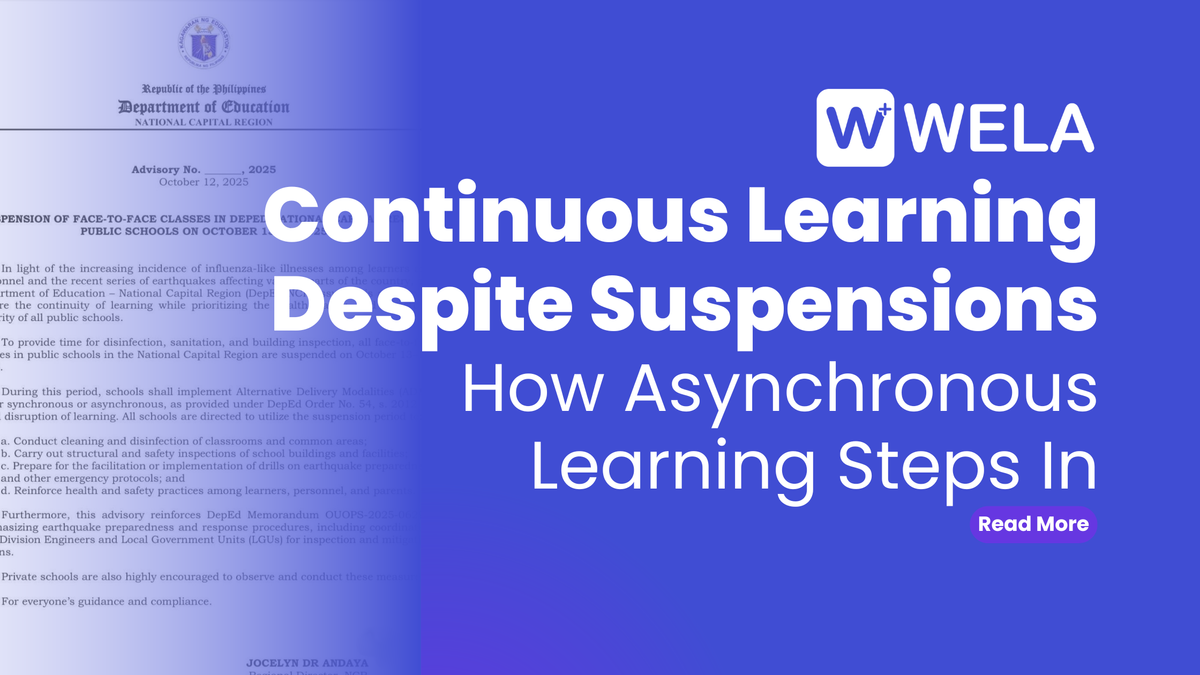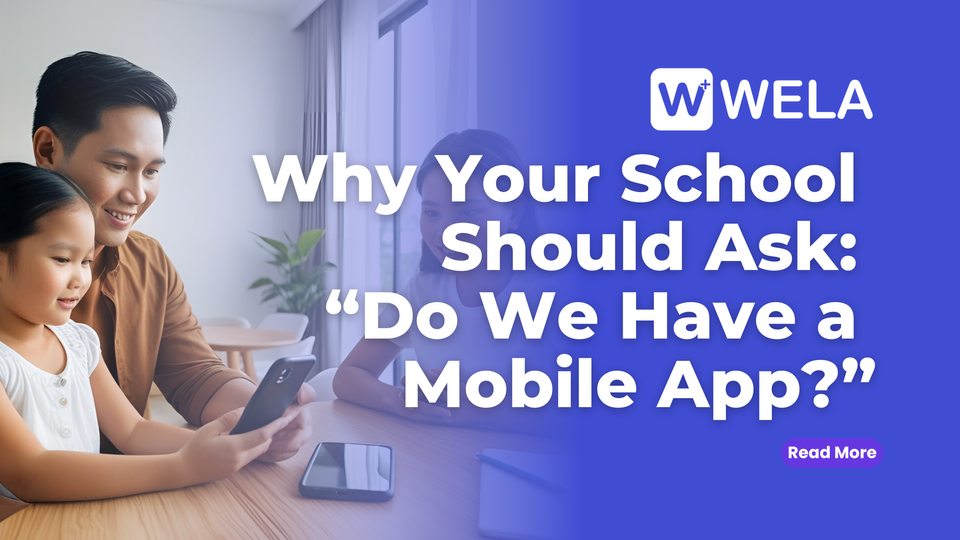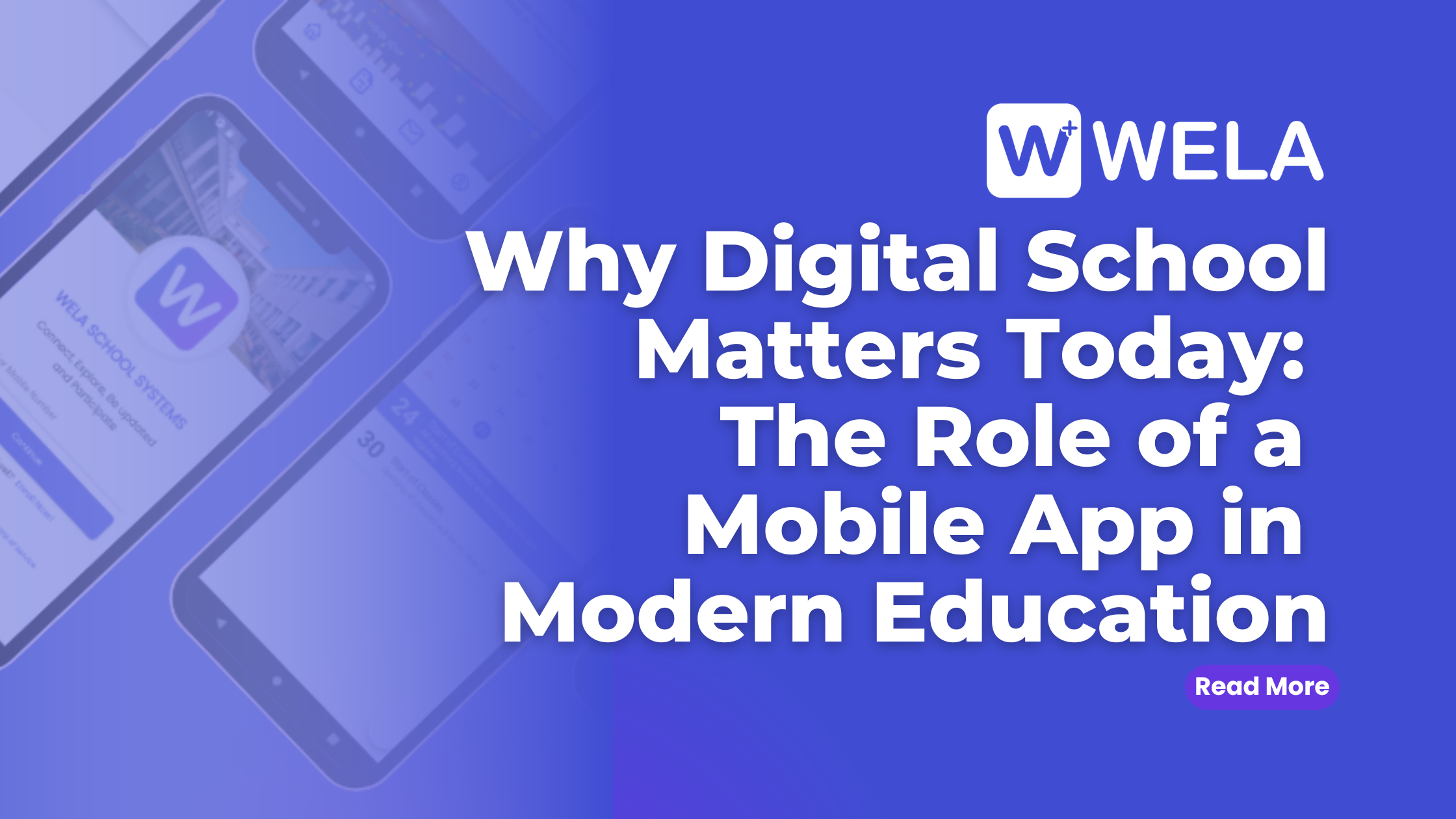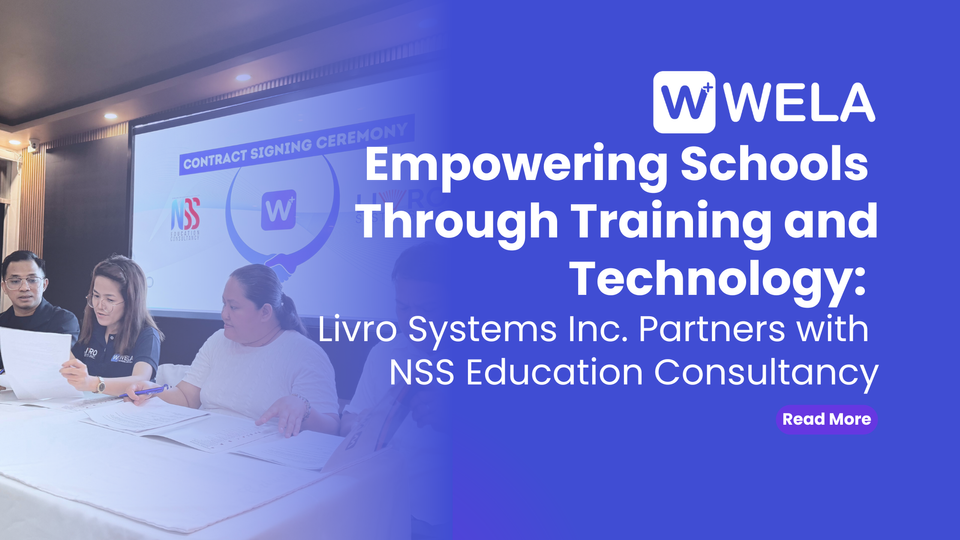Continuous Learning Despite Suspensions: How Asynchronous Learning Steps In

With the recent rise in influenza-like illnesses and a series of earthquakes across the Philippines, schools nationwide have once again demonstrated their resilience and adaptability through asynchronous learning.
Following the Department of Education’s (DepEd) announcement of the suspension of face-to-face classes on October 13–14, 2025, many schools from public to private institutions have shifted to asynchronous or modular setups to ensure that learning continues despite these temporary disruptions.
Why Schools Are Going Asynchronous
The decision comes as a proactive response to multiple challenges affecting both students and teachers:
- Health and Safety First
Numerous schools have reported increasing flu cases among learners and staff. The temporary suspension allows time for recovery and disinfection while avoiding further spread of illness. - Earthquake Aftershocks and Structural Safety
Several regions, particularly in Mindanao and nearby provinces, experienced earthquakes in recent days. The suspension provides an opportunity to inspect classrooms and ensure the safety of learning environments before students return. - Continuing Education Without Compromise
Instead of pausing lessons, asynchronous learning allows classes to proceed through flexible materials, such as recorded lectures, online tasks, or printed modules that students can complete at their own pace and location.
Private Schools Take Proactive Measures
Even beyond the public sector, many private schools across the country have voluntarily shifted to asynchronous modes this week. Recognizing the importance of consistent learning delivery, these schools have provided students with alternative learning tasks, ensuring that academic progress continues uninterrupted.
For educators, this shift also means revisiting digital platforms and learning management systems that support student engagement and progress tracking, tools that have become essential in today’s education landscape.
The Benefits of Asynchronous Learning in Times of Uncertainty
Asynchronous learning isn’t just a short-term solution; it’s a model that reinforces the flexibility and resilience of education. Here’s how it helps schools thrive during unexpected suspensions:
- Learning Anytime, Anywhere
Students can learn according to their own schedules, especially helpful for those recovering from illness or living in affected areas. - Reduced Dependence on Internet Connectivity
Many schools use downloadable lessons or printed modules to reach students in low-connectivity regions. - Encourages Independent Learning
Asynchronous tasks develop students’ self-management, discipline, and problem-solving skills, traits that are vital for lifelong learning. - Safety with Continuity
By reducing physical interaction during outbreaks or natural disasters, schools can prioritize student safety while keeping learning on track.
Challenges That Come With Flexibility
While asynchronous learning offers many advantages, it also comes with challenges that require thoughtful planning:
- Not all students have access to reliable devices or stable internet.
- Some learners may find it difficult to stay motivated without live interaction.
- Teachers must carefully design lessons that balance flexibility with engagement.
These challenges remind us that successful asynchronous learning depends on collaboration between teachers, students, and parents alike.
Resilience in Philippine Education
The current situation underscores how schools in the Philippines continue to evolve through challenges whether it’s a health crisis, natural disaster, or sudden suspension. The move toward asynchronous learning reflects a broader commitment to educational resilience, where learning doesn’t stop even when classrooms close.
As technology and creativity continue to shape education, one thing remains constant: the dedication of Filipino educators and learners to move forward, no matter the circumstance.
How Wela+ Helps Schools Stay Connected
In times like this, Wela+ ensures that schools remain in control of learning, no matter the situation.
With Wela+, schools can easily share assignments, monitor student progress, and communicate updates, all in one platform.
When face-to-face classes pause, Wela+ helps schools stay organized, informed, and ready to keep learning moving forward.




